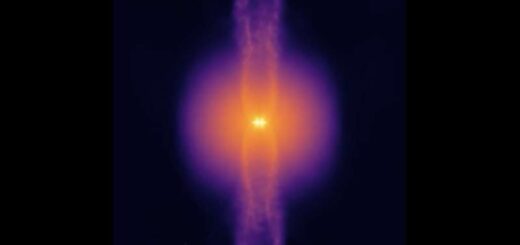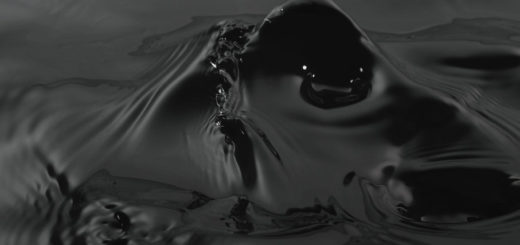Amateur Astronomer Captures Rare First Light From Massive Supernova

An amateur astronomer in Argentina has helped scientists obtain their first view of the initial burst of light from the explosion of a massive star.
During tests of a new camera, Víctor Buso captured images of a distant spiral galaxy NGC 613 before and after the supernova’s “shock breakout” – when a supersonic pressure wave from the exploding core of the star hits and heats gas at the star’s surface to a very high temperature, causing it to emit light and rapidly brighten.
The galaxy NGC 613 is about 80 million light years from Earth and located within the southern constellation Sculptor. Luckily, Buso examined these images immediately and noticed a faint point of light quickly brightening near the end of a spiral arm that was not visible in his first set of images.
To date, no one has been able to capture the “first optical light” from a normal supernova – that is, one not associated with a gamma-ray or x-ray burst – since stars explode seemingly at random in the sky, and the light from shock breakout is fleeting.
The new data provide important clues to the physical structure of the star just before its catastrophic demise and to the nature of the explosion itself.
“Professional astronomers have long been searching for such an event,” said UC Berkeley astronomer Alex Filippenko, who followed up the discovery with observations at the Lick and Keck observatories that proved critical to a detailed analysis of the explosion, called SN 2016gkg.
“Observations of stars in the first moments they begin exploding provide information that cannot be directly obtained in any other way.” “Buso’s data are exceptional,” he added. “This is an outstanding example of a partnership between amateur and professional astronomers.”
Researchers obtained series of seven spectra, where the light is broken up into its component colors, as in a rainbow. This allowed the international team to determine that the explosion was a Type IIb supernova: the explosion of a massive star that had previously lost most of its hydrogen envelope.
The team estimated that the initial mass of the star was about 20 times the mass of our sun, though it lost most of its mass, probably to a companion star, and slimmed down to about 5 solar masses prior to exploding.
Original story – here.



 Creators of mankind
Creators of mankind Description of “Tall white aliens”
Description of “Tall white aliens” Where they came from?
Where they came from? About hostile civilizations
About hostile civilizations The war for the Earth
The war for the Earth “Tall white aliens” about eternal life
“Tall white aliens” about eternal life Video: “Nordic aliens”
Video: “Nordic aliens” Aliens
Aliens Alien encounters
Alien encounters The aliens base
The aliens base UFO
UFO Technology UFO
Technology UFO Underground civilization
Underground civilization Ancient alien artifacts
Ancient alien artifacts Military and UFO
Military and UFO Mysteries and hypotheses
Mysteries and hypotheses Scientific facts
Scientific facts


















